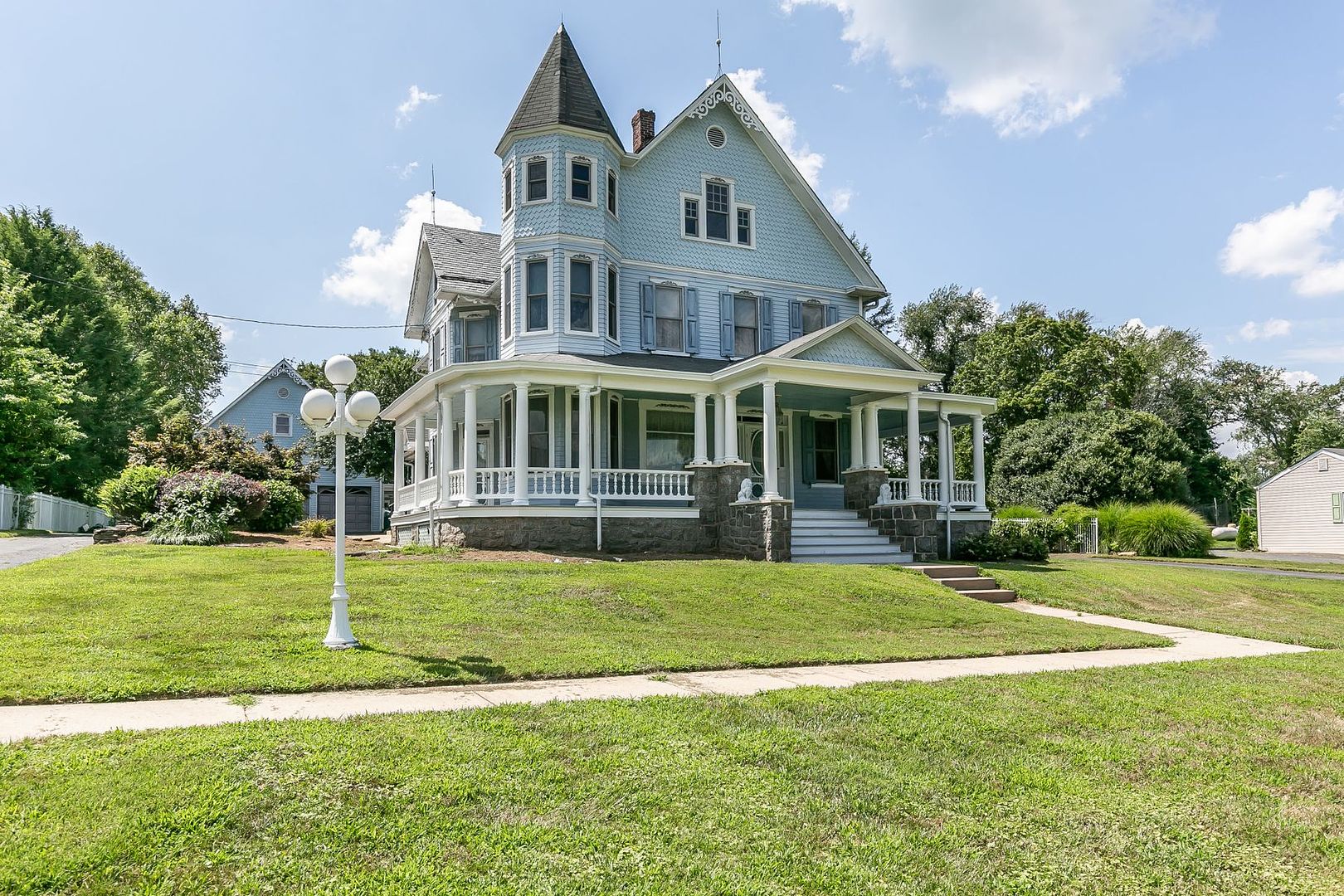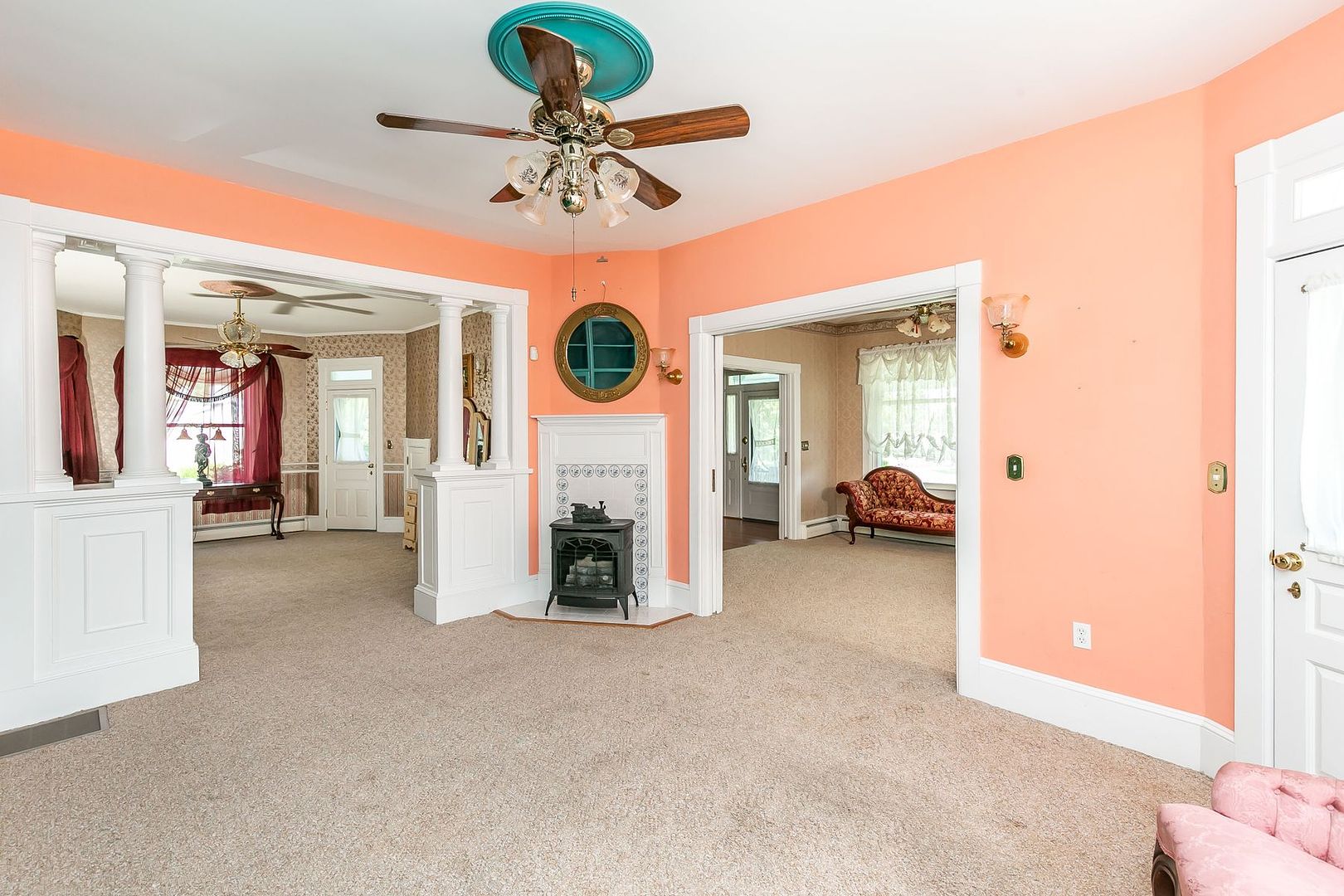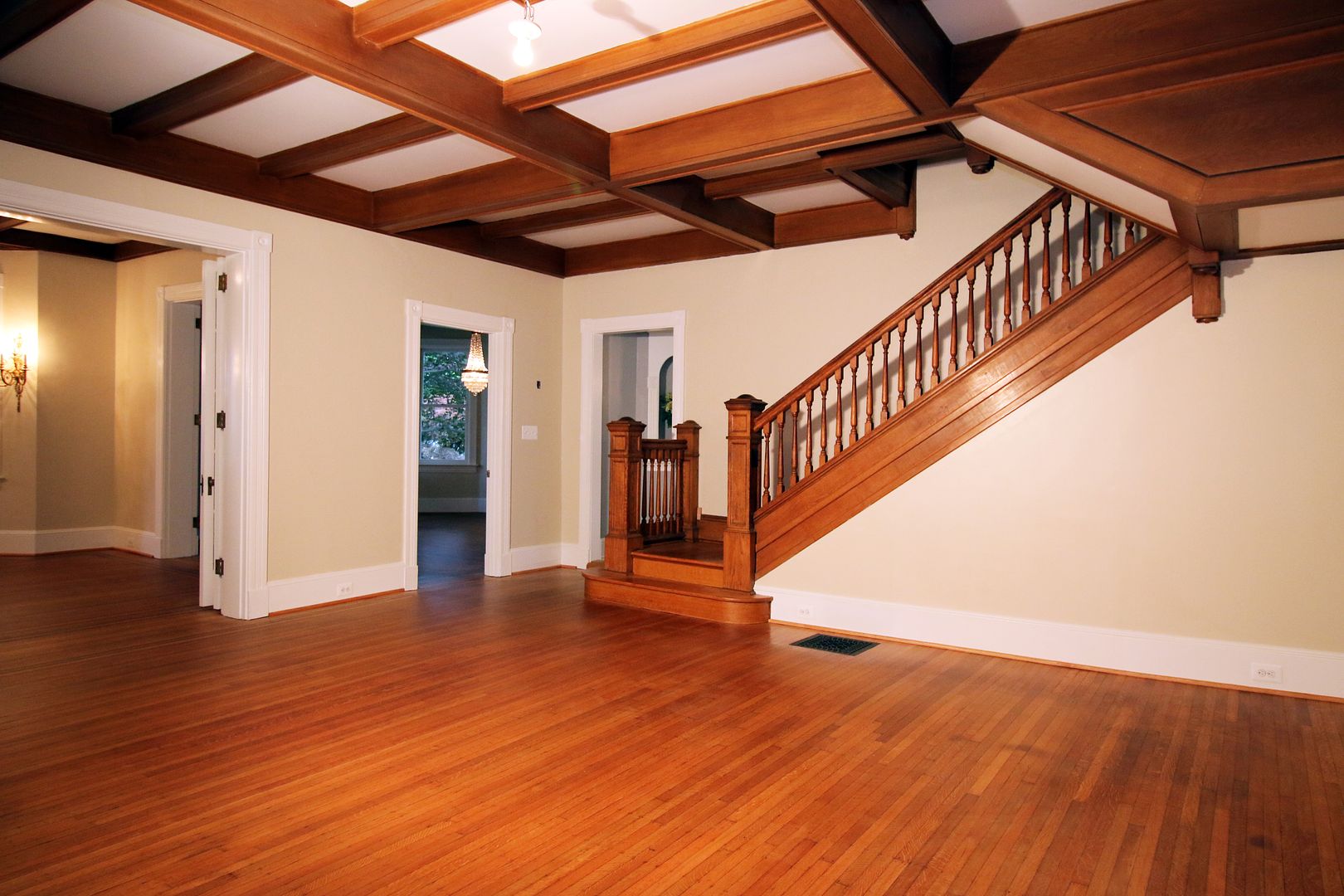50% more DCC/sound locos? Meaning sales are 60% DCC and sound to 40% DCC ready?
I would easily expect that at this point in the game.
That is actually in line with informal surveys regarding DCC use vs DC in both N and HO.
I full well expect manufacturers to do what makes the most sense in terms of their sales numbers.
What Broadway will never know is how many sales they lost not offering DC locomotives.
Athearn, Walthers, even relatively new Rapido do not seem ready to give up on DC/DCC ready models. Maybe their research tells them they will loose sales if they do?
I would just like to see one thing - DCC, or DCC/sound models built to be easily backwards compatible - unplug the DCC and install a jumper plug.
Sheldon



